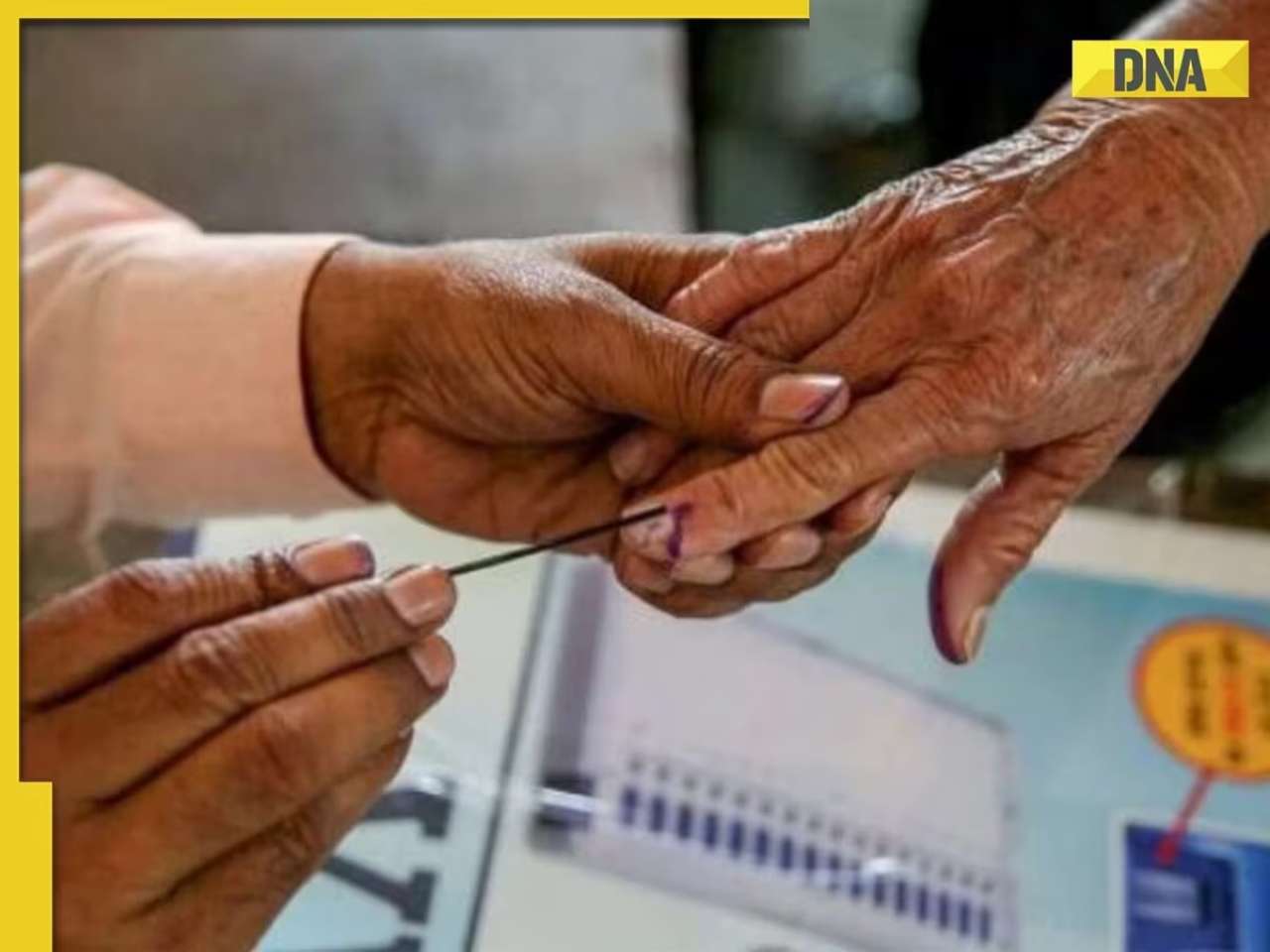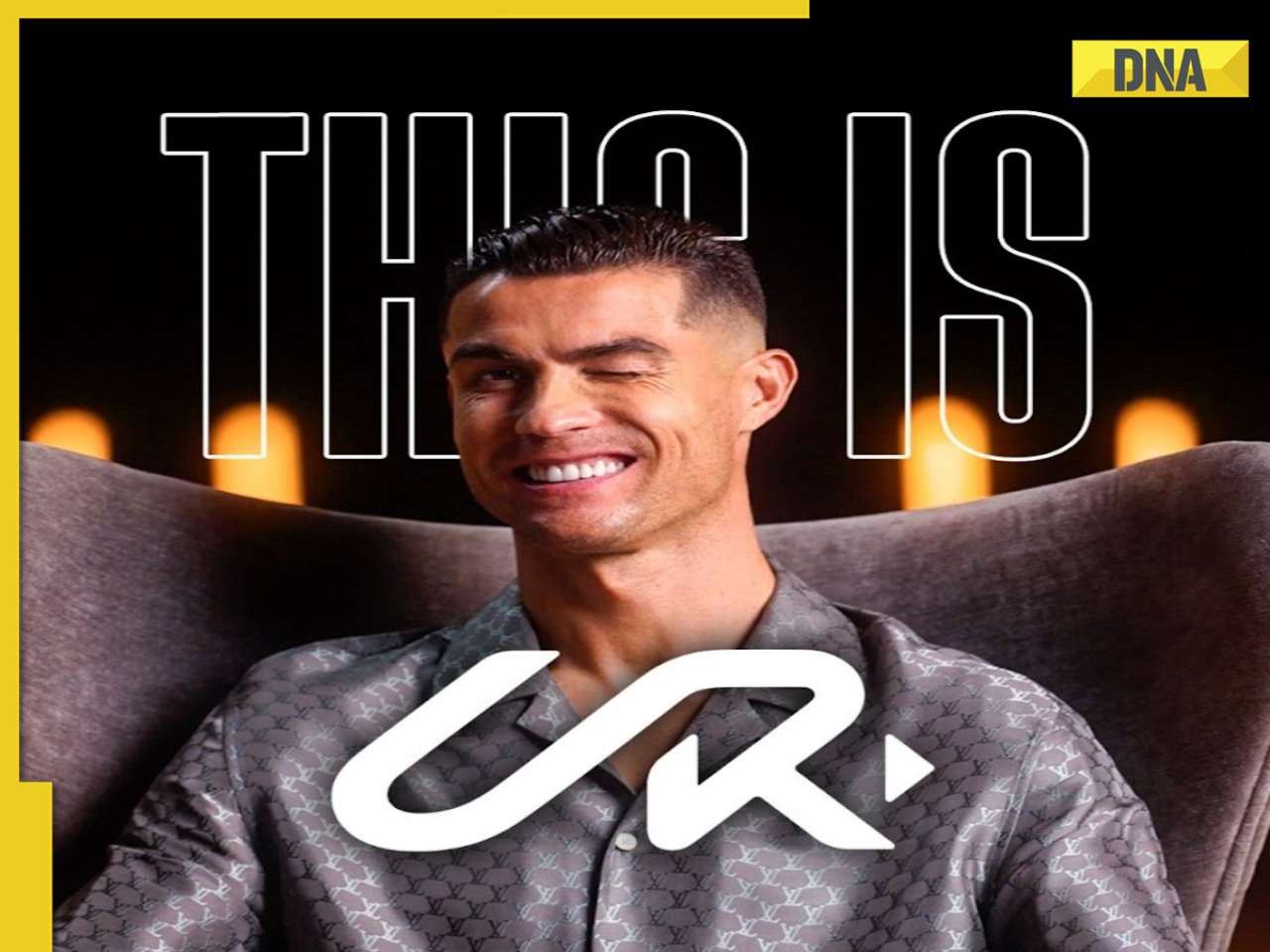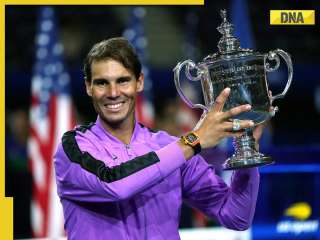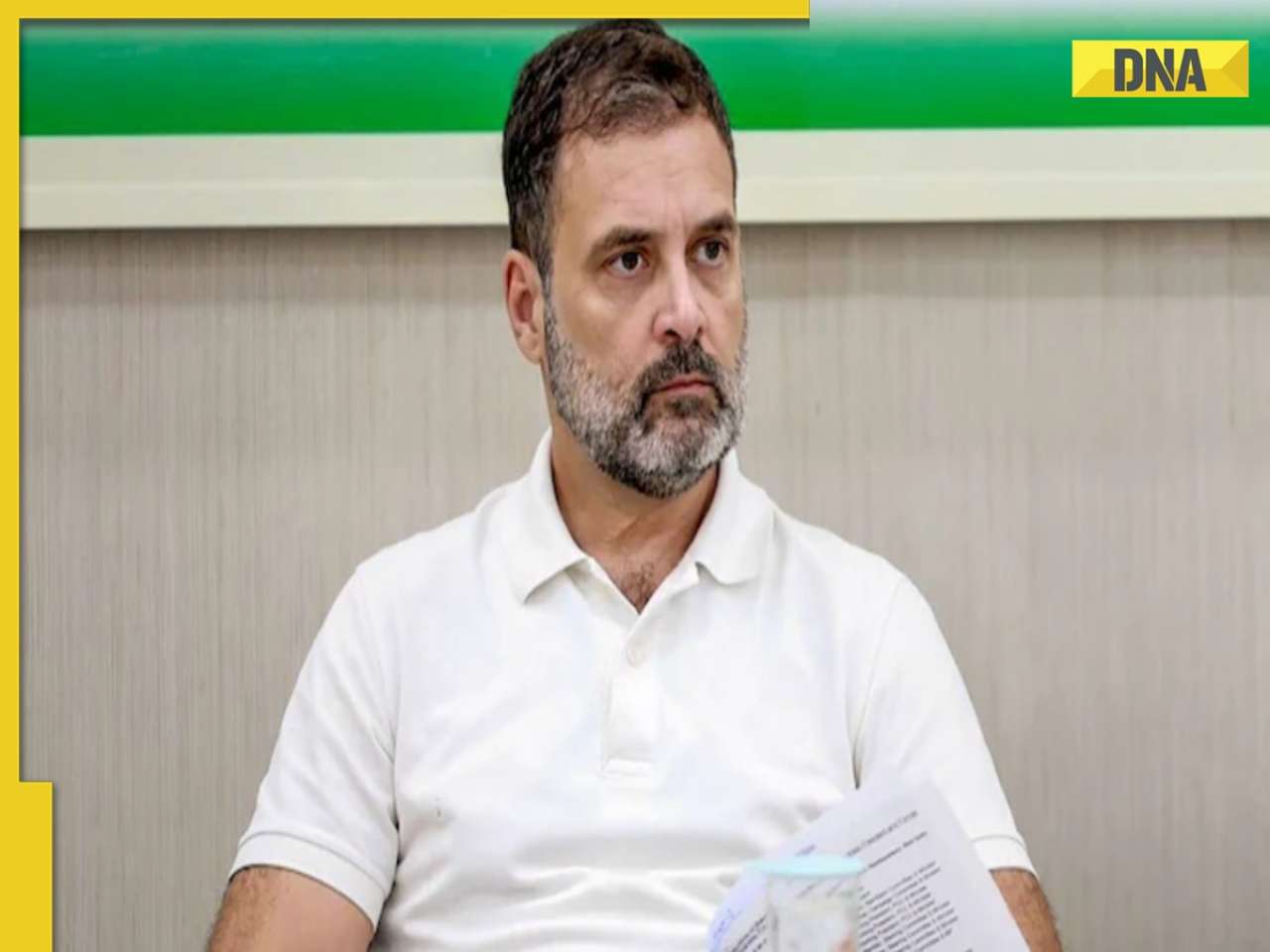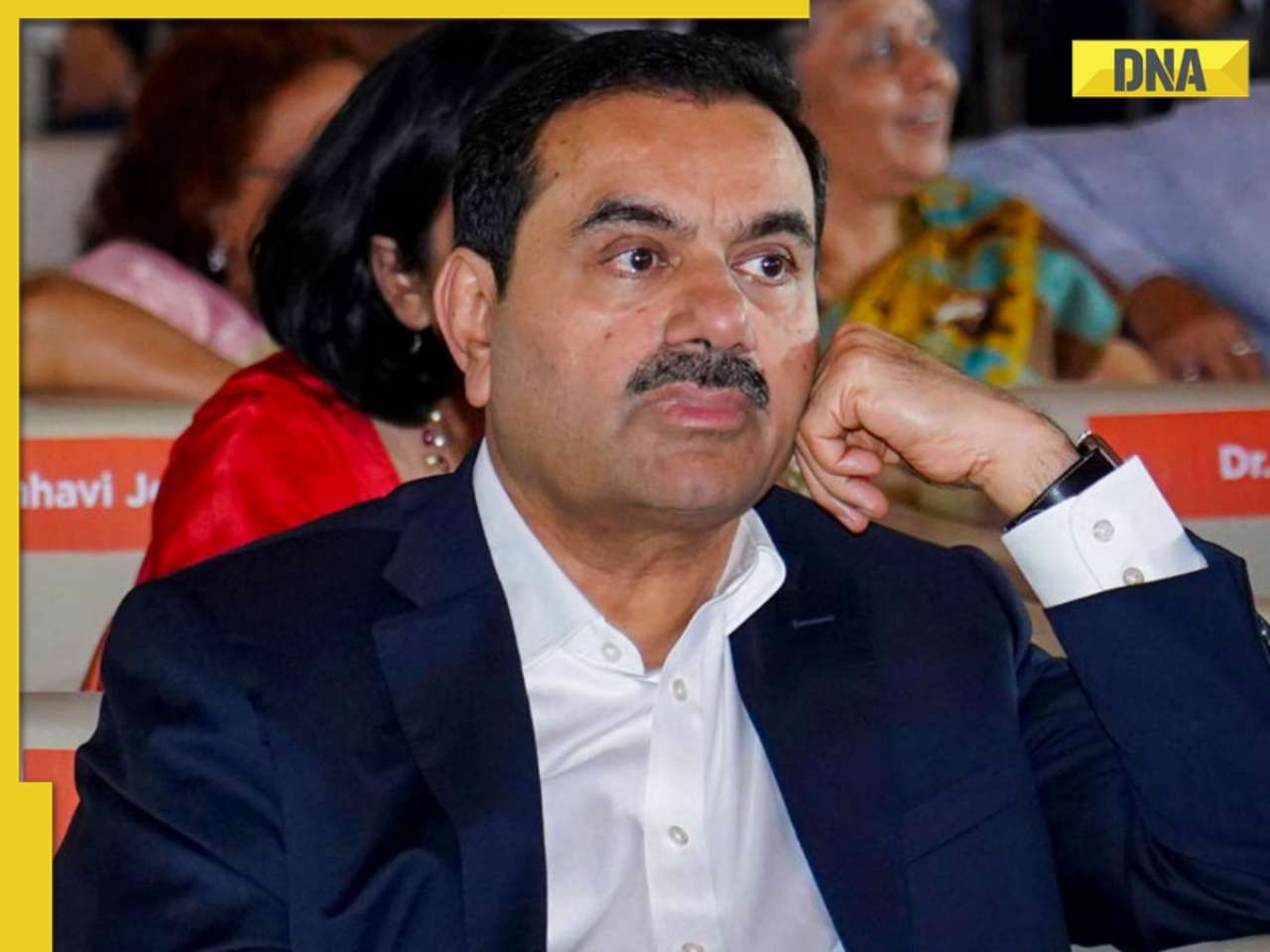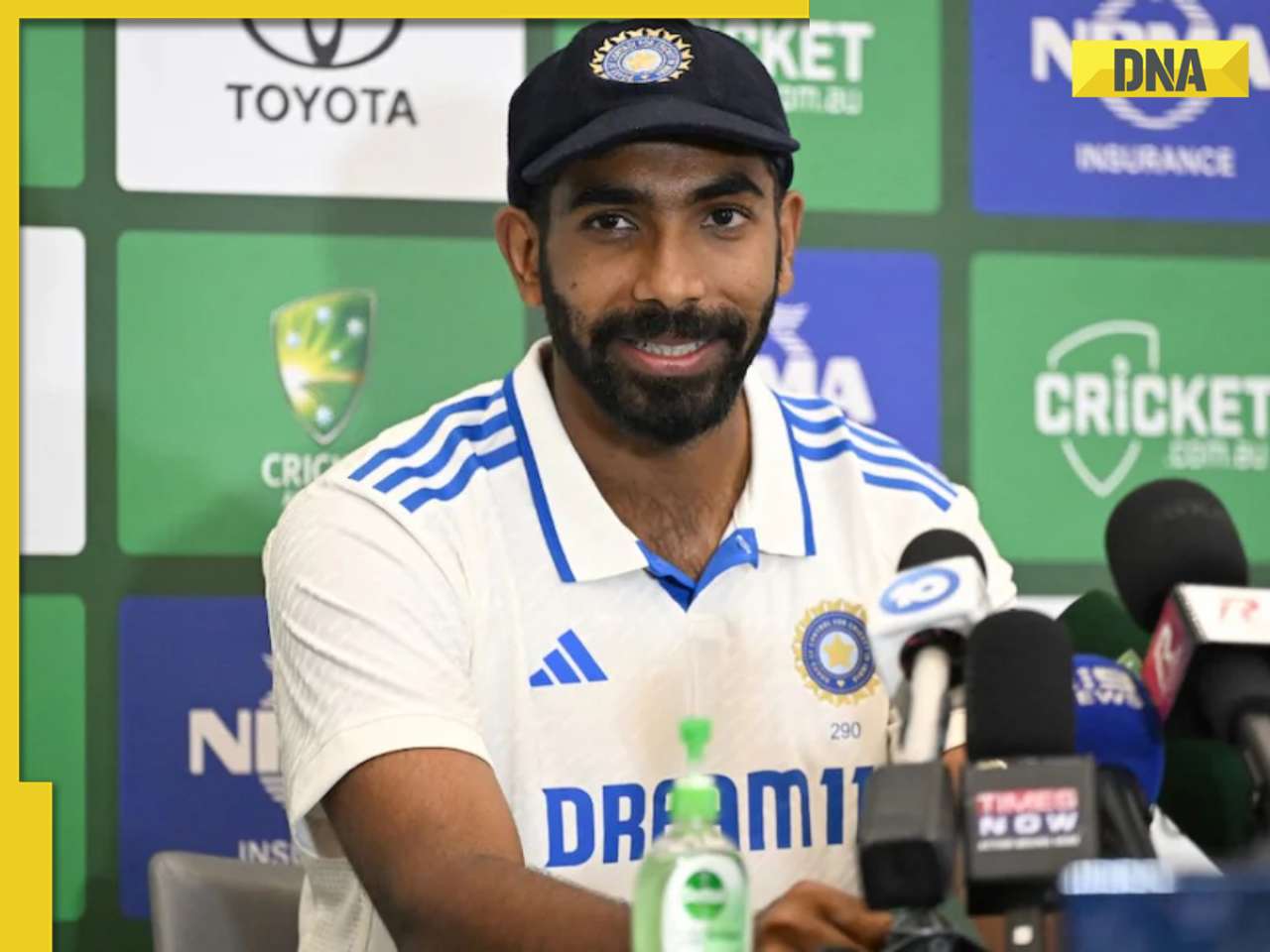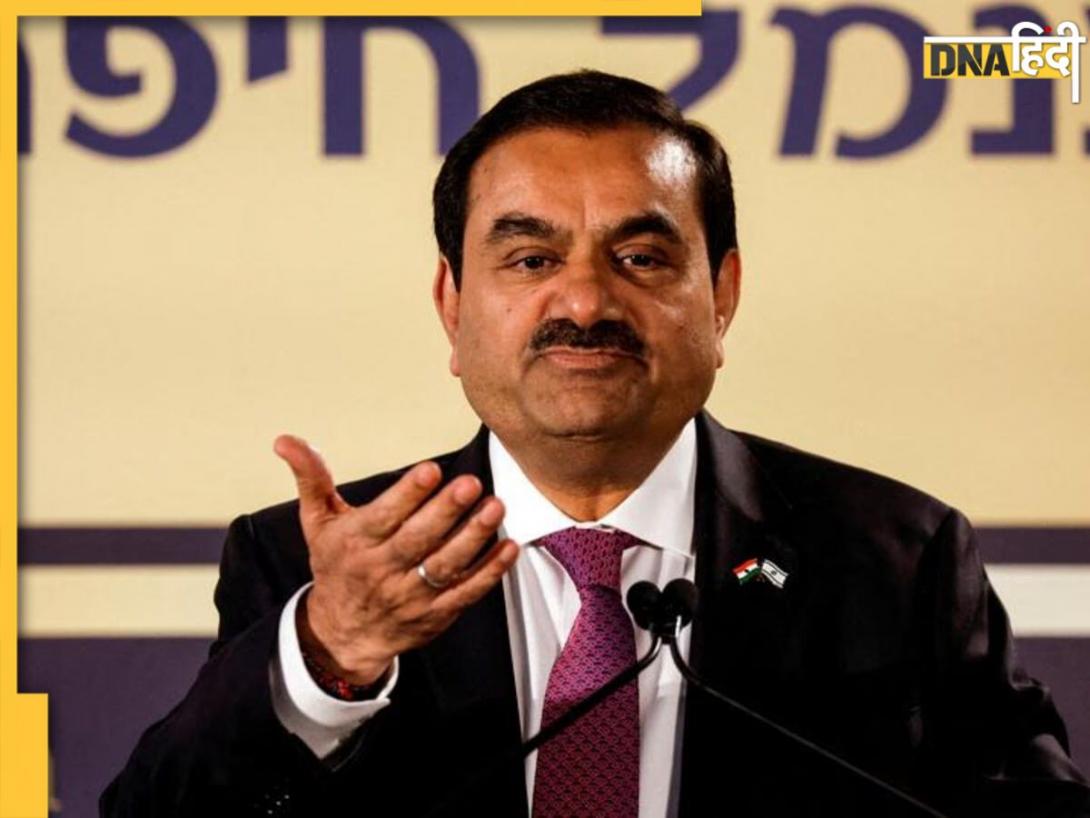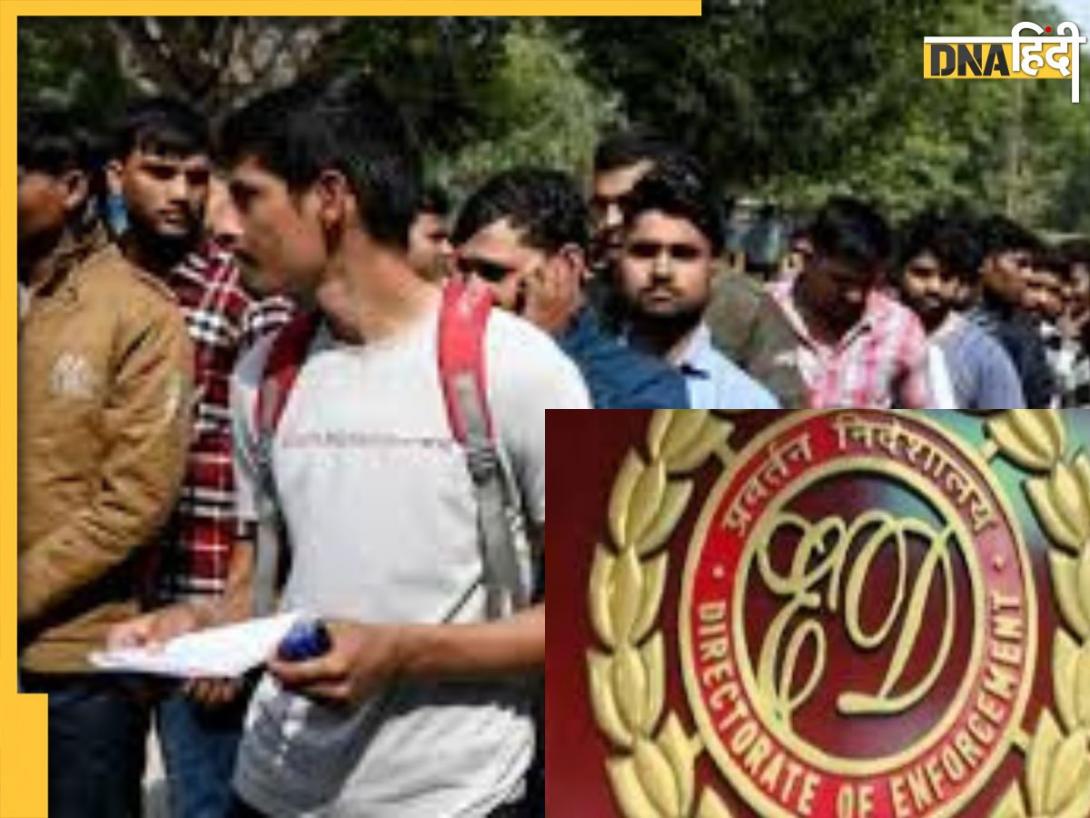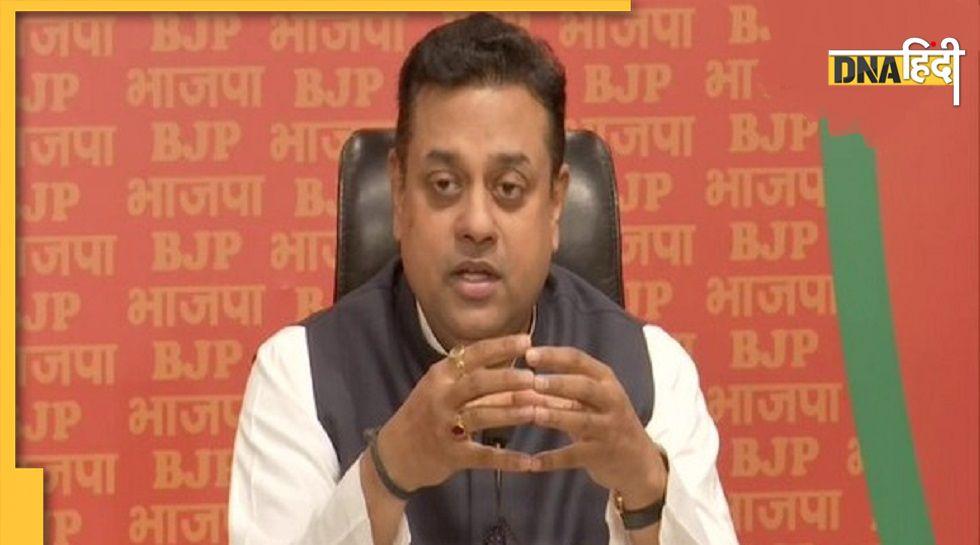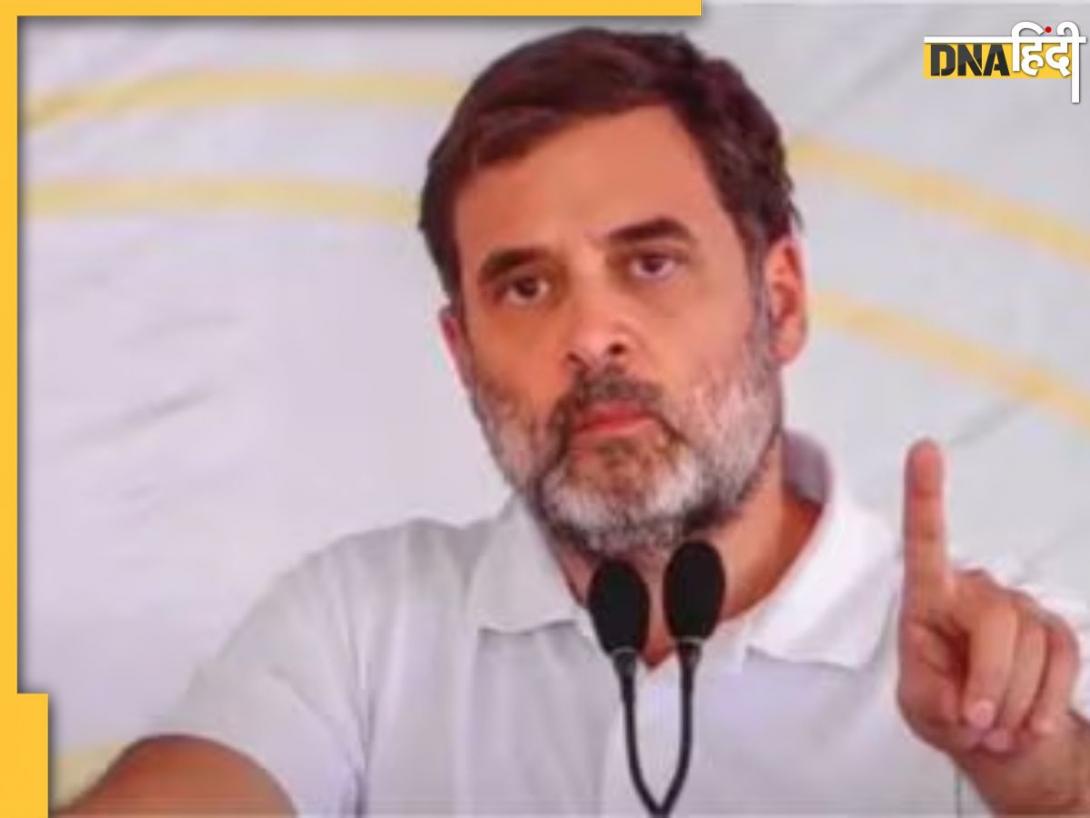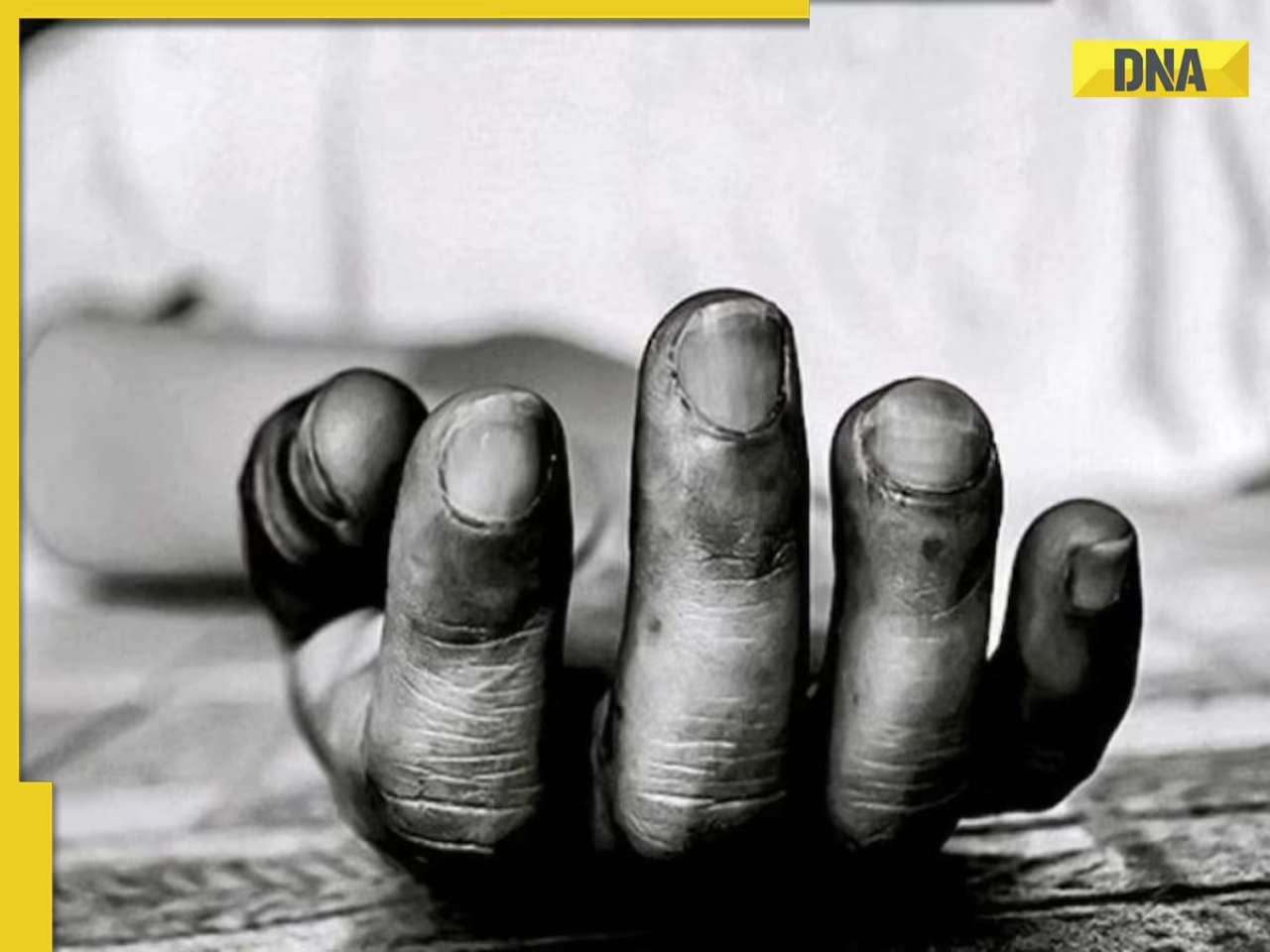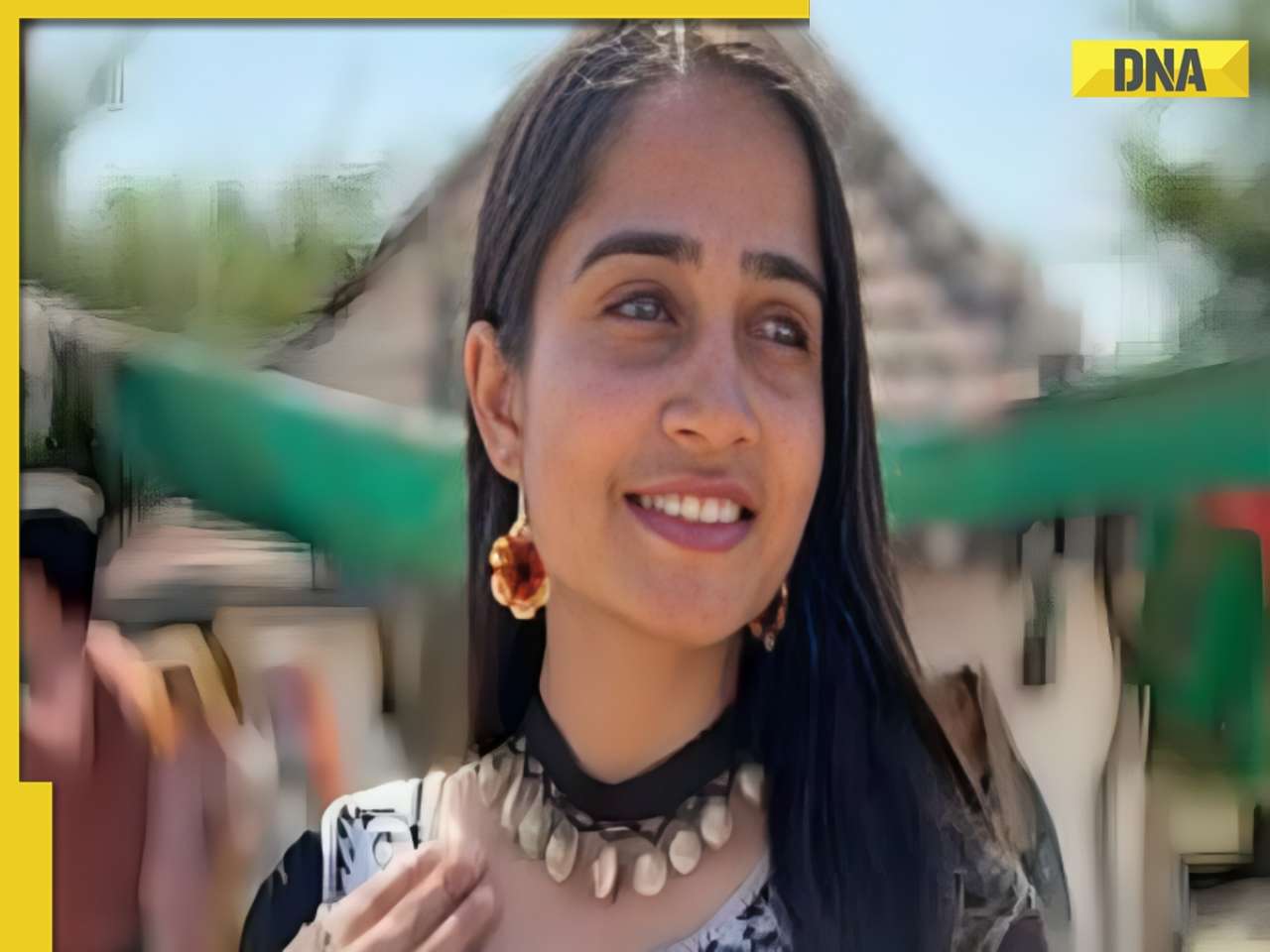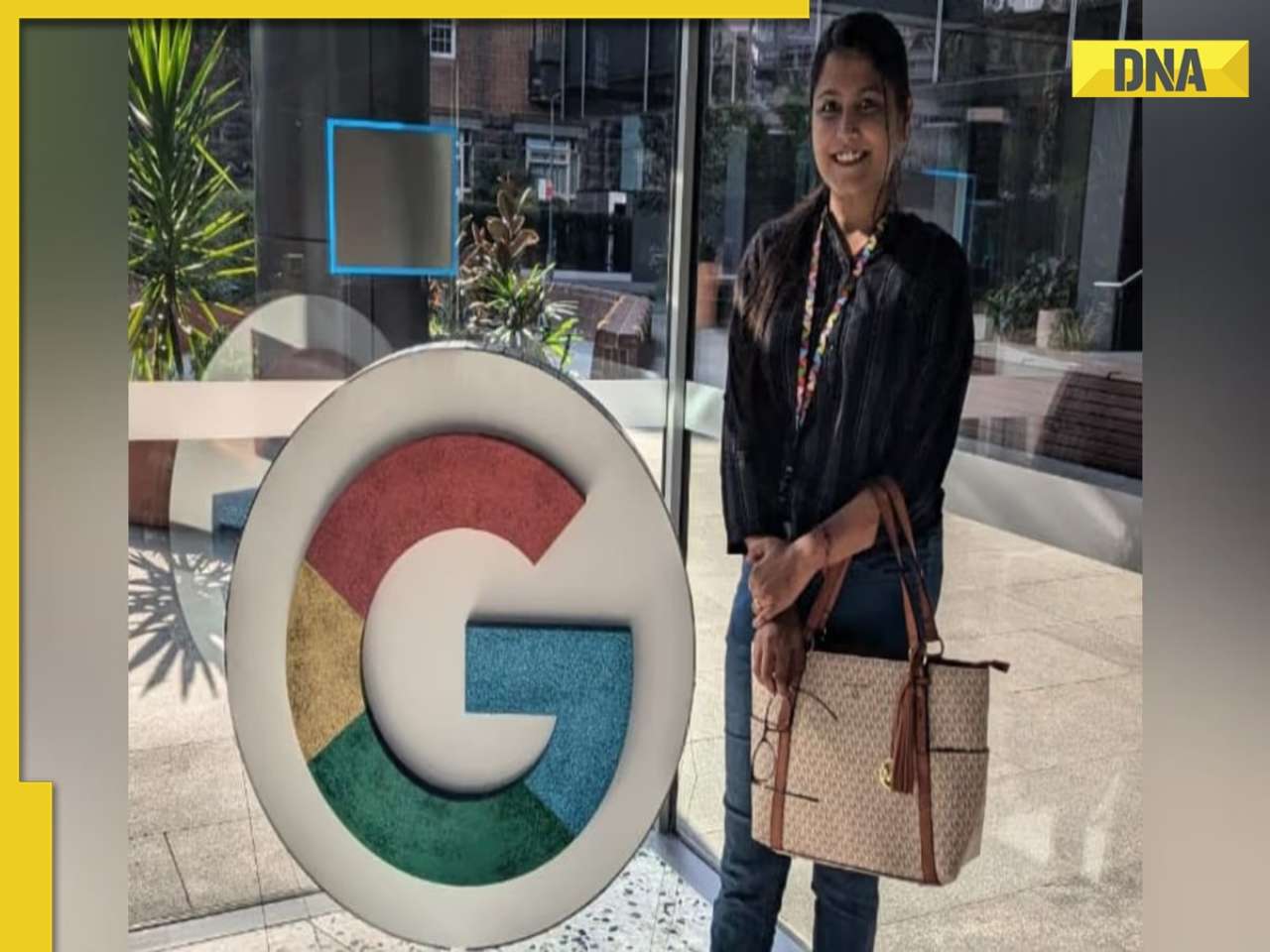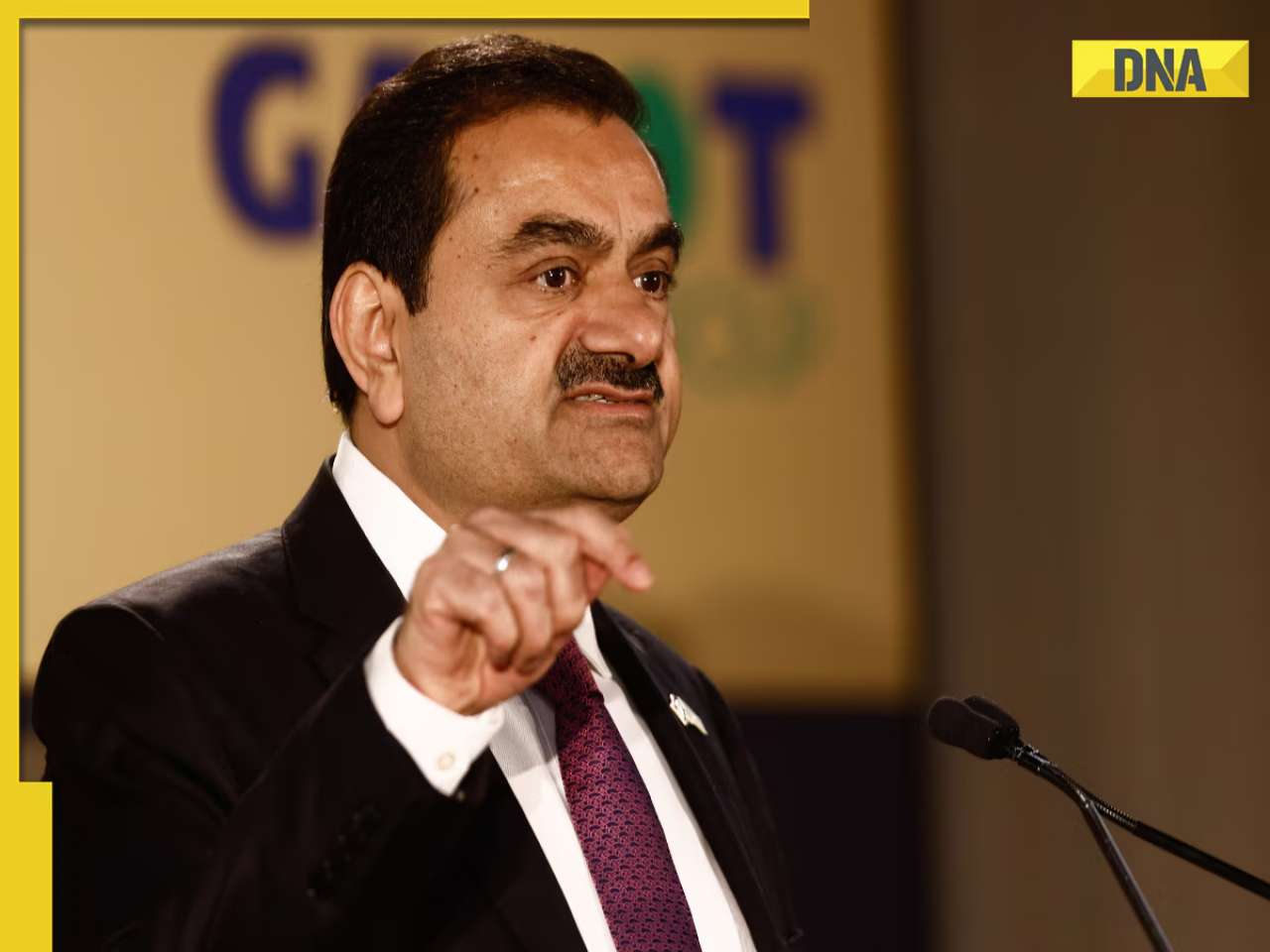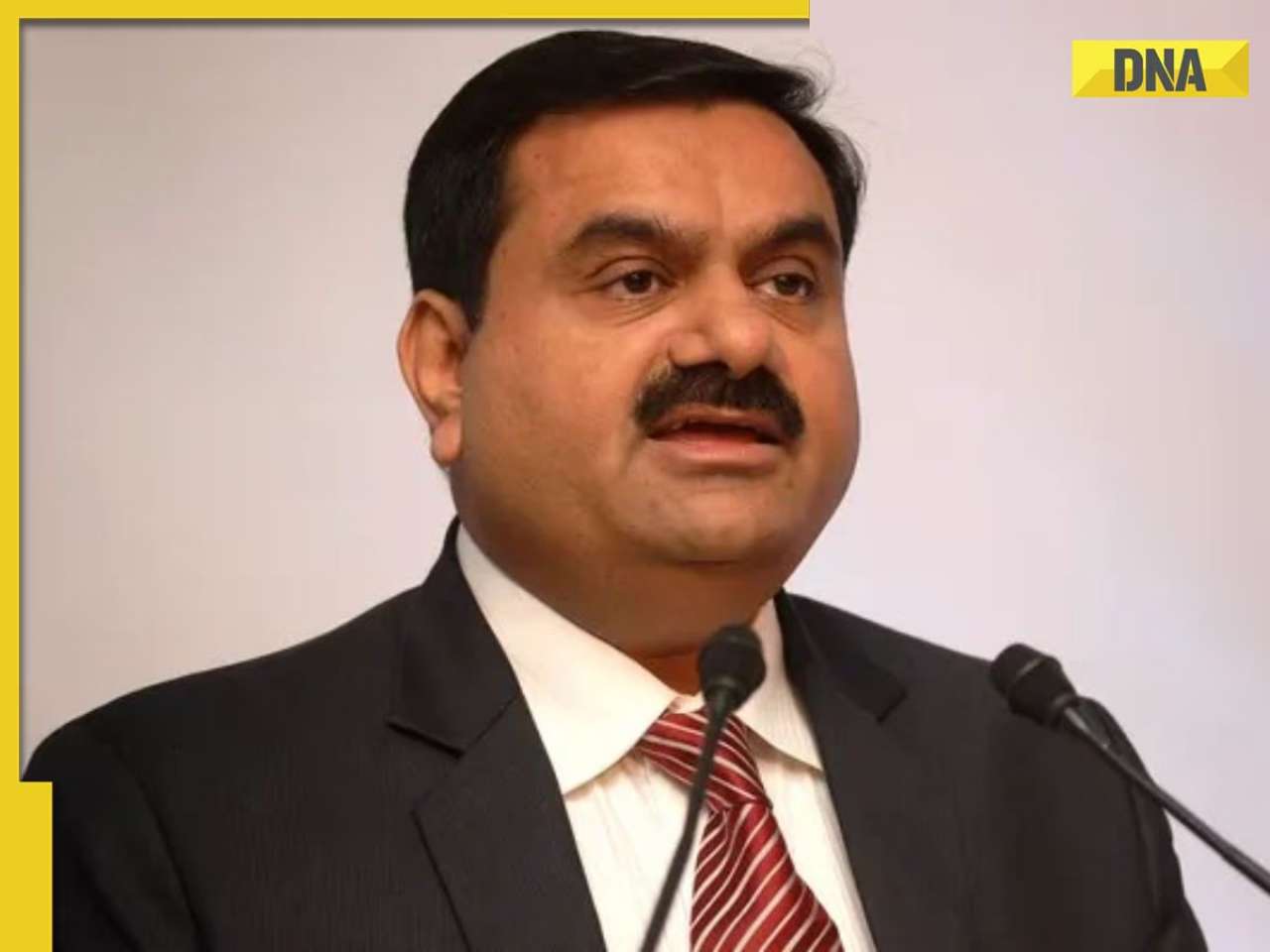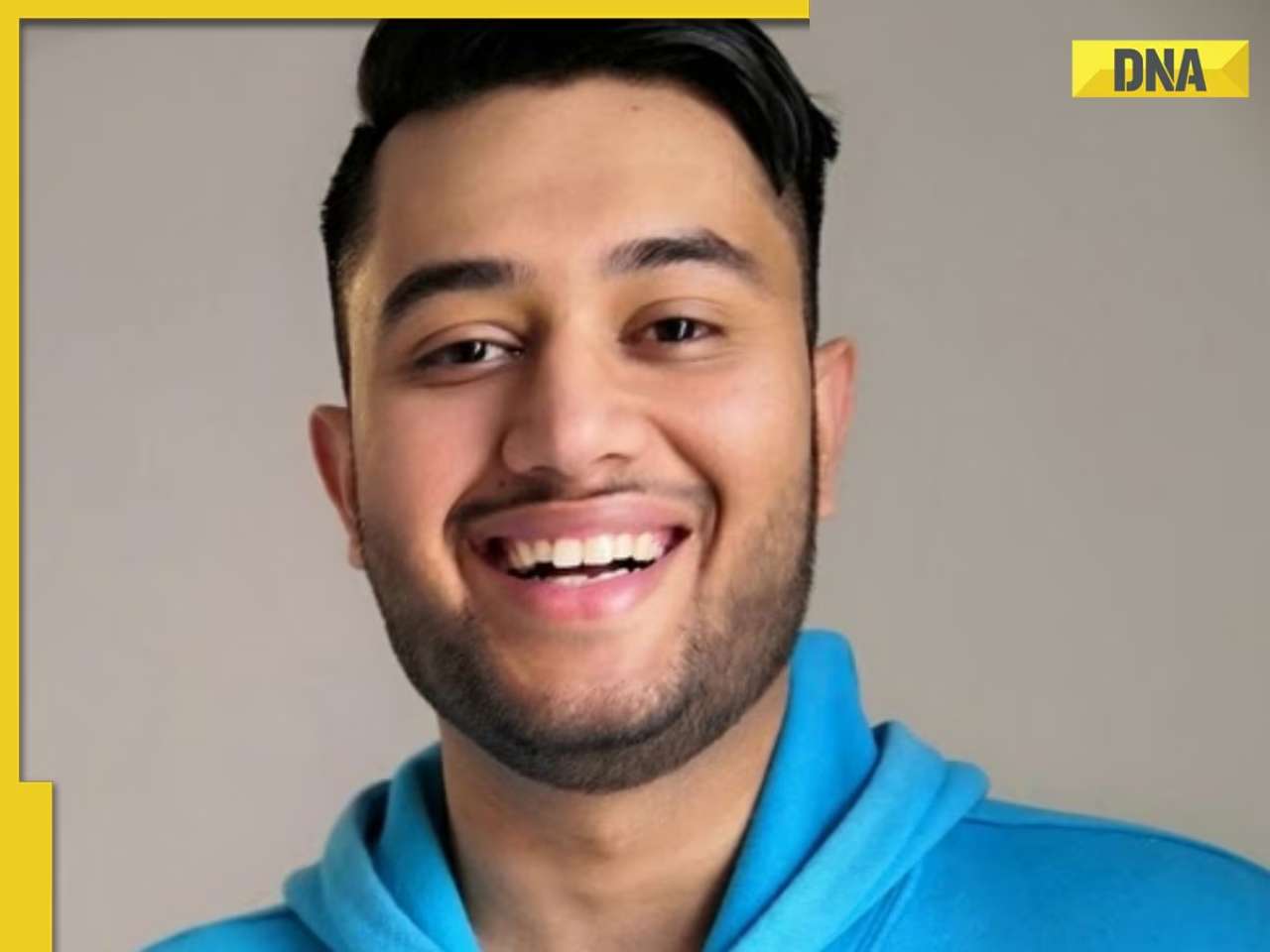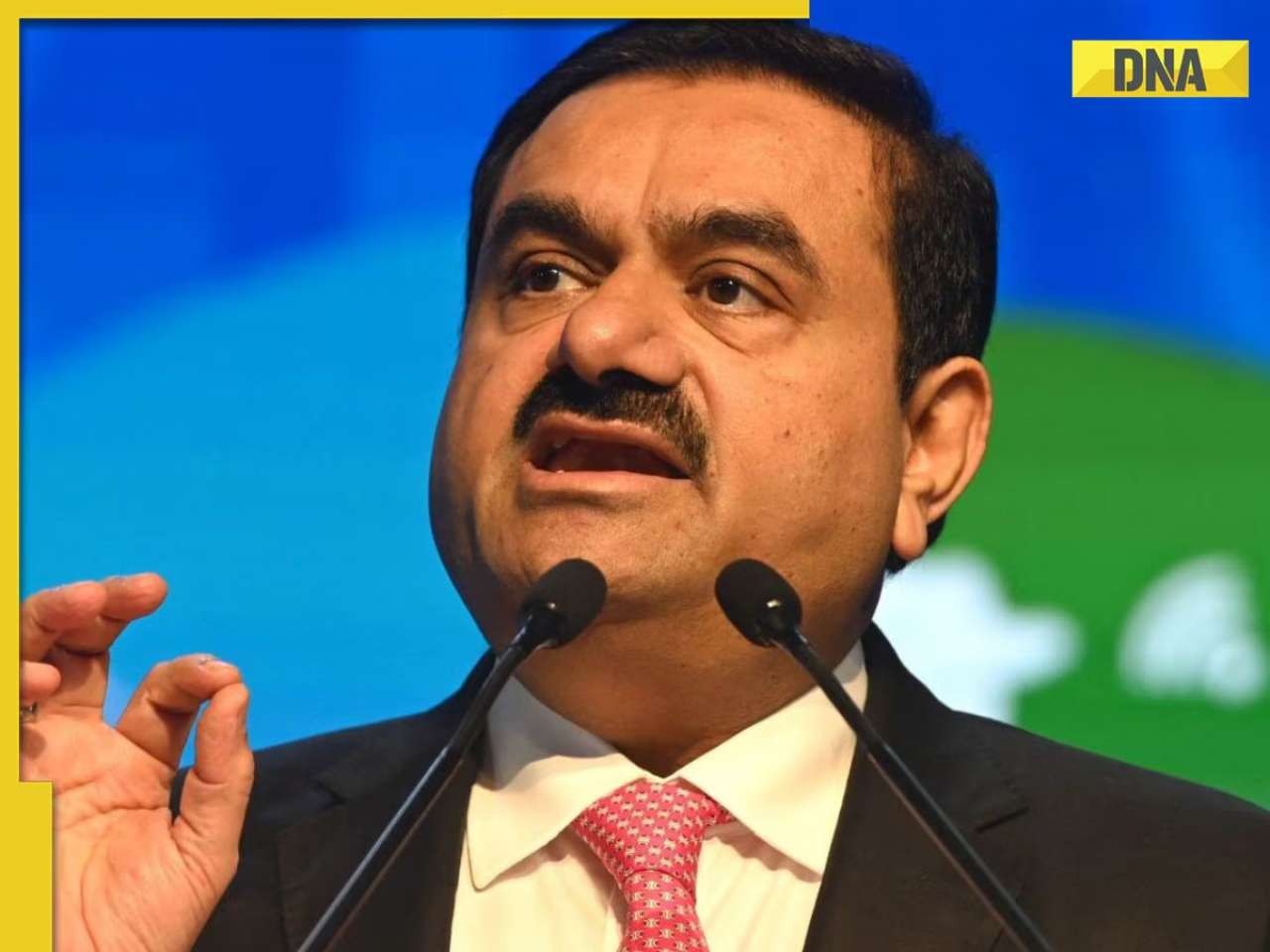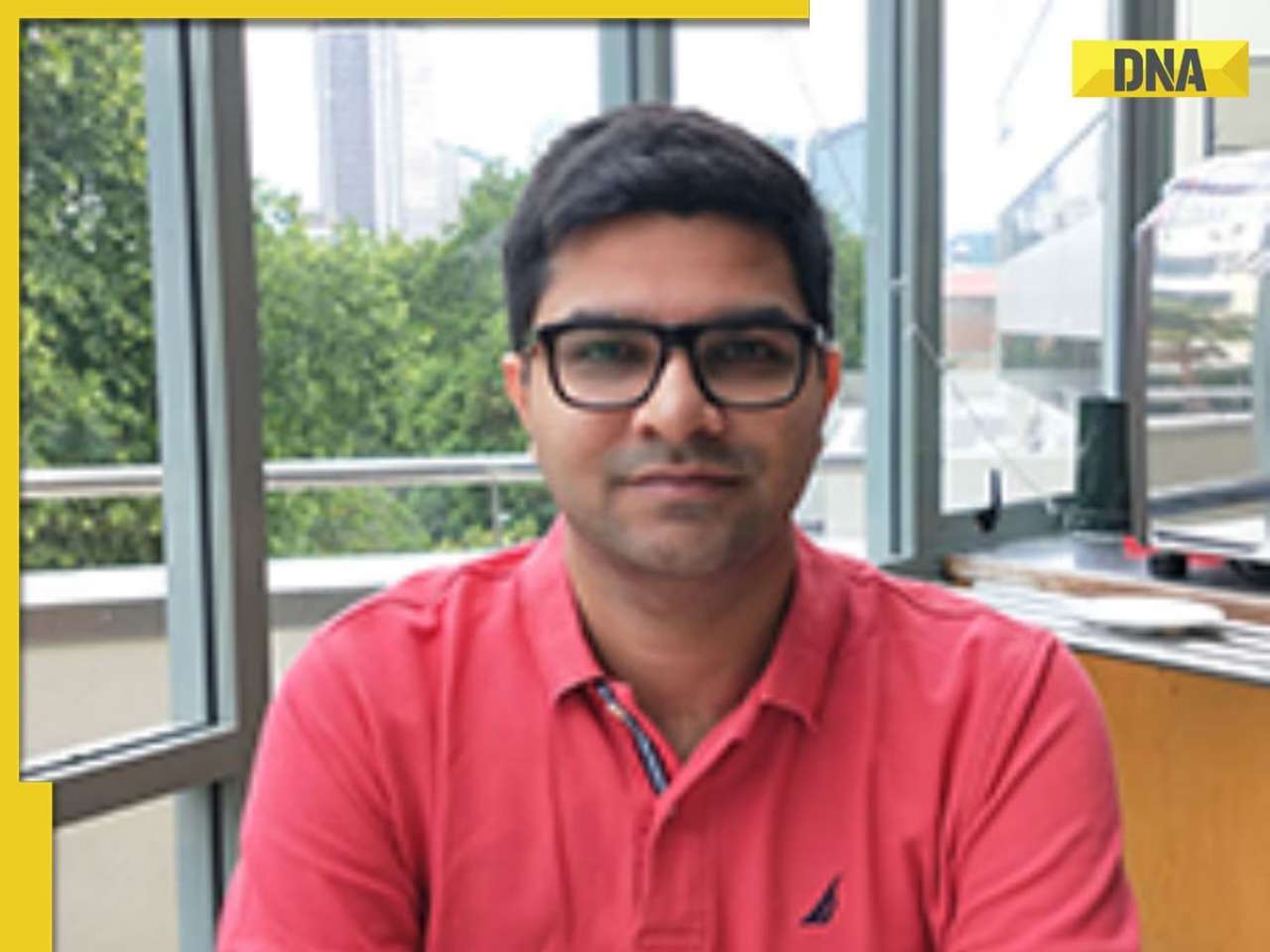- LATEST
- WEBSTORY
- TRENDING
BUSINESS
‘Great leaders are integrative thinkers’
The best leaders have the ability to hold two opposable ideas in their mind and yet come up with a third different idea, says Roger Martin.
TRENDING NOW
The best leaders have the ability to hold two opposable ideas in their mind and yet come up with a third different idea, says Roger Martin, dean of the Rotman School of Management in Toronto, Canada. Martin elaborates this idea in his latest book, The Opposable Mind: How Successful Leaders Win Through Integrative Thinking. He defines integrative thinking as “the ability to face constructively the tension of opposing ideas and, instead of choosing one at the expense of the other, generate a creative resolution of the tension in the form of a new idea that contains elements of the opposing ideas but is superior to each.” In an interview with Vivek Kaul, Martin discusses integrative thinking and how leaders across the business landscape have been using it successfully.
How did you develop the concept of the opposable mind?
I developed the concept through interviews of more than 50 highly successful leaders.
As I explored with them the decisions that led to their great successes, it became evident that the most critical capability of good leaders was the capacity to hold two opposing ideas in their minds at the same time and, instead of choosing one or the other, to use the tension between the models to create a model that contained elements of each but was superior to both.
Since the tension between the models felt like the tension that a human can create between fingers and opposable thumb, I called this the opposable mind.
Can you give examples?
Sure. An example would be Isadore Sharp, founder, CEO and chairman of Four Seasons Hotels and Resorts, the world’s largest and most successful luxury hotel chain. When he began, he faced two models for successful hotel chains; and they were considered to be the only models. First was the small motel with under 200 rooms, very few amenities but with lots of warmth and intimacy. Second was the large convention hotel with over 750 rooms, all the amenities a business traveller could want, but without the warmth or intimacy of a small motel.
Instead of choosing one or the other, he innovated and created the medium-sized luxury hotel (225-350 rooms) with such superb service that guests were willing to pay the necessary premium for Sharp to afford all the luxuries they would ever need.
Or alternatively, Bob Young, co-founder of Red Hat Software, rejected both the traditional “free software” model of selling shrink-wrapped disks of Linux software for $10-15 a copy and the proprietary software model of selling expensive copyright protected software which was not allowed to be copied. He saw the former model as having unsustainable long-run economics and the latter as infeasible for an open source software provider. So he chose to offer Red Hat free on the internet in order to build dominant market share for Red Hat and become the support services provider of choice for large users. He borrowed the open source aspect from the free software model and the service revenue aspect from the proprietary model in order to construct a better model.
Conventional thinking simplifies and at times does not take the right causality into account while taking a decision. Why do you say that?
Conventional thinkers tend to want to see the world in simple terms in which the relationships between aspects of that world are quite linear. So, for example in the case of luxury hotels, hoteliers wanted to see luxury simply as grand architecture and décor; and there view of causality was that the richer the guests, the more they will value demand grander architecture and décor. So, as hotels targeted ever more upscale guests, they competed through ever more grand architecture and décor.
Isadore Sharp took a more sophisticated look at upscale guests and noted that they were very busy people who didn’t actually want to be staying at a hotel, no matter how luxurious. What they longed for was the feeling of being at home or at their office.
Hence Sharp redefined luxury as an infrastructure that made one feel more like one was at home or the office. This meant that Four Seasons became the first to put shampoo in the showers, provide a hair dryer and bathrobe, have 24-hour room service, 24-hour secretarial services, a two-line telephone, etc.
None of this would have happened had Sharp created in his mind a simple picture of upscale guests with a simple causal model of their desire for luxury.
Integrative thinkers like complexity, but organisations, the way they are built, encourage specialisation. How do you explain this dichotomy?
This is because integrative thinkers value both deep mastery and broad innovation. They understand fully that without mastery, there is nothing on which to build an innovative solution.
AG Lafley, chairman and CEO of Procter & Gamble, explicitly considers mastery in his decisions. He always looks to tap for their insights someone within P&G or outside who has deep mastery of the subject at hand before making important decisions.
However, he doesn’t ask the master in question to make the decision, or even approve of it entirely. That is because he understands that the solution he seeks requires the integration of multiple models and the master may not have that capacity - in fact probably does not because of the type of work necessary to have become a master.
So it is not surprising or contradictory that integrative thinkers value and support both specialisation and thinking across fields of specialisation. As Sharp illustrates in the above example, they utilise complexity to solve problems in unique ways. They come to understand that complexity is their friend, not their enemy. For that reason, they become quite comfortable with complexity.
Is integrative thinking really worth the trouble?
Yes it is. When Victoria Hale of the Institute for One World Health (IOWH) looked at the plight of sufferers of major diseases that afflicted primarily or exclusively people in very poor countries or regions, she had no good answers. The “big pharma” model found cures for diseases that afflicted patients rich enough to pay enough to cover the costs of inventing the drug in question. The public health model helped to get those drugs into the hands of patients in poor countries on a subsidised or free basis by badgering the drug companies to act charitably. These models combined to work well for AIDS treatment. There were enough HIV-AIDS patients in rich countries to fund the development and production of antiretroviral drugs. And various developing country governments and NGOs had convinced the makers of these drugs to make them available at low or no cost to patients in their countries.
But this didn’t help diseases like Black Fever (Kalazar), which afflicted exclusively patients in very poor countries - such as India, Tibet, and Sudan. The drug companies didn’t attempt to find a cure for because it wasn’t economical for them to do so on a for-profit basis. That is, until Hale and IOWH came along. She looked at the two models and declared that a new model needed to be built - and created the world’s first non-profit pharmaceutical company, which she aimed first at finding an economical cure for Black Fever. She succeeded and now the Indian government provides IOWH’s treatment free of charge to any sufferer in India, transforming the lives of many poor families in India.
You write in your book that “In recent years, the dominant question addressed for the would-be leader is “What should I do?” rather than “What should I think?”” Why do you say that?
There has been too much focus on watching what successful leaders and companies do and then replicating that. The danger is that the context for you is likely to be different than the context for the successful leadercompany. The better question is “what should I think” because if you hone and refine that capacity, you will be able to think clearly in any situation.
An example of a company that has focused on “doing” more than thinking is Motorola. It has plenty of programs that it does: six sigma, total quality, etc. However, it hasn’t thought nearly enough about why it is doing what it is doing and has suffered badly because of that.
You have quoted several Indian CEOs across the book as integrative thinkers..
Yes, I interviewed five and they were all terrific.
Perhaps KV Kamath of ICICI Bank provides the clearest example. He took over a small, undercapitalised former government-run development bank, ICICI Bank. He faced what appeared to be several unpleasant choices. For example, he could stay solely an Indian bank, but then he would never become a player that learned from the global arena how to compete globally. Or he could try to become a global player, but he didn’t have the expertise in the bank nor the capital to do so. Instead of choosing, he pursued a strategy of building a broad-based bank in India while focusing on a very narrow international strategy of serving the Indian diaspora worldwide - an affordable global strategy that played on the strengths ICICI had in understanding Indian customers.
Similarly, he faced a technology challenge. He didn’t have the capital to afford the technology platforms of western banks but he couldn’t compete with them without the technology platforms they used. Instead of choosing, he gave his folks the challenge of utilising Indian IT skills to create the same quality platforms at one-tenth the costs - and that is what his organisation did.
My sub-sample of Indian business leaders demonstrated to me that they are every bit as strong integrative thinkers as the American and Canadian leaders I studied.
Can leaders and managers develop integrative thinking skills?
Yes they can. We teach integrative thinking at the Rotman School to students and through our executive education efforts to a rapidly increasing number of large corporations worldwide. It takes some time and effort but it is certainly doable.
k_vivek@dnaindia.net



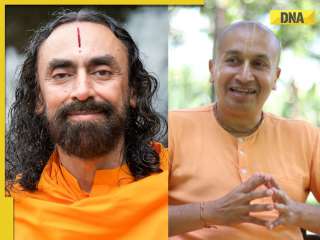




)
)
)
)
)
)
)
)
)
)
)
)
)
)
)





